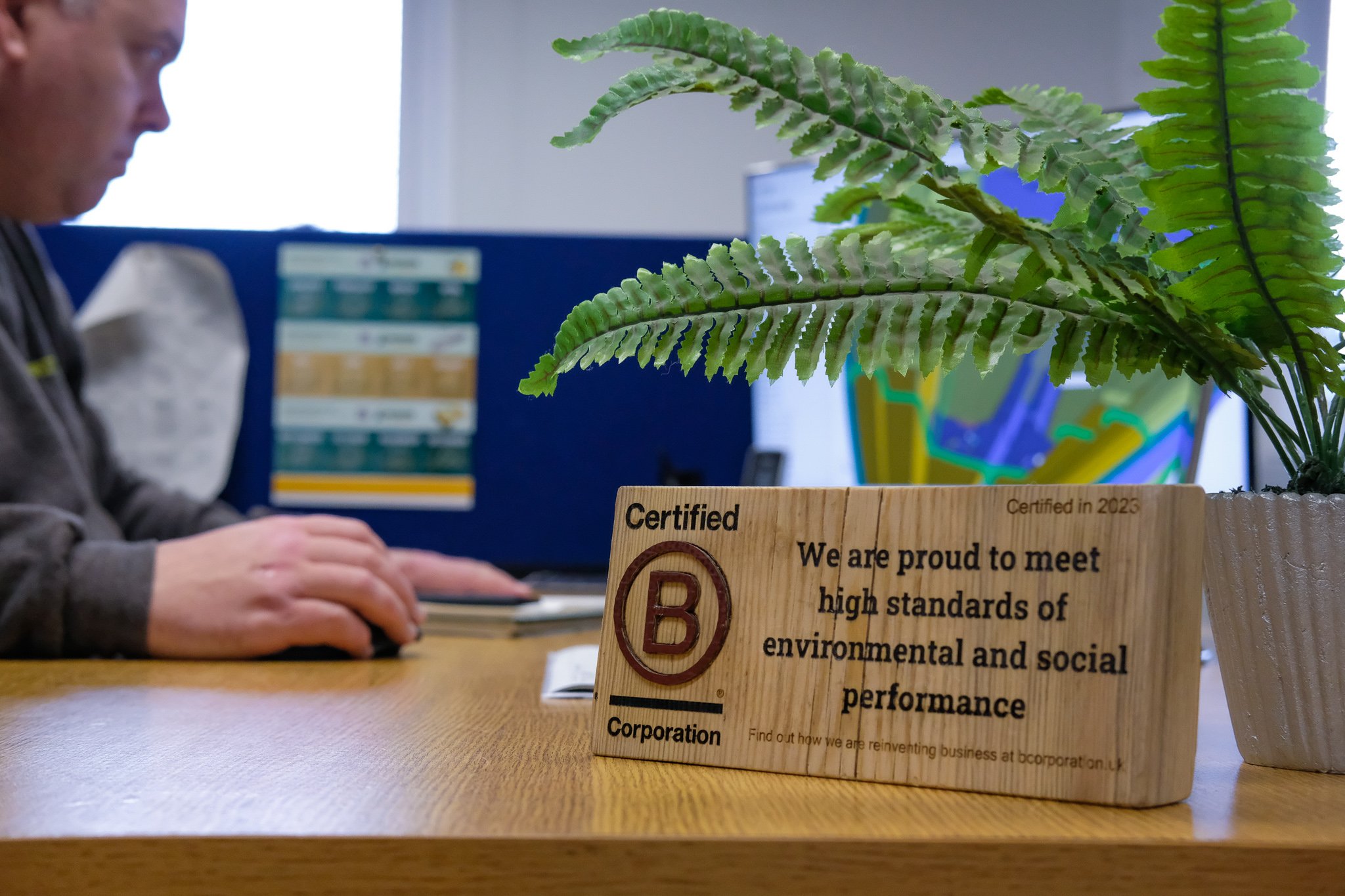Let’s talk design, with Design Manager Ian Bingham
Firstly, Ian, please tell us a bit about yourself and your role.
I’m the Design Manager here at Rototek, where I’ve worked for over 20 years now. Prior to joining Rototek, I spent 10 years at another rotational moulding company, starting as an apprentice in the engineering/drawing office. From there, I became a Project Leader, building up my experience in CAD and 3D modelling.
I enjoy leading our established design team here at Rototek. The highlights of my role are developing ideas, working on new projects, problem solving, seeing our designs come to life and making our customers’ ideas become a reality.
Why is the design stage such a critical step in the rotational moulding process?
The design stage is the most critical stage of the entire rotomoulding process, as it determines whether our customer’s final product will be functional and therefore successful. For rotationally moulded products it’s important to utilise the benefits that this process can offer, such as uniform wall thickness, strength and durability, whilst also considering any potential drawbacks at the design stage to ensure this is the right manufacturing process for your project. It’s important that the design works with the rotational moulding process and not against it.
Our team are always thorough and cautious in their approach to projects, relying on their wealth of design experience to determine a successful project outcome. That said, controlled risks are a part of innovation, and I relish working with our customers on innovative projects and products.
As with any design process, the environmental impact of a product is determined at this stage and it is important to get the design right to ensure we are minimising material usage, reducing the potential for scrap and considering elements such as whether the project can use recycled powder.
What sets Rototek aside from other rotational moulders?
We pride ourselves on working effectively as a team across different departments, ensuring both the production team and our toolmakers are involved at the crucial early stage to offer their insights and suggestions into the product. This allows for the efficient delivery of a project by bringing together all the stages of our rotational moulding experience. As a manufacturer I feel we challenge the industry and push boundaries, constantly developing our techniques and working with our trusted suppliers to trial and develop new methods, materials and products to continually evolve the rotomoulding process.
Our ability to adapt to customer and market needs, for example, the drive in sustainability and importance of recyclability is considered at the forefront for each project. As a B Corp we prioritise sustainability, which is a huge point of difference within the manufacturing industry.
What is the process that the design team works through with their customers?
Every enquiry differs in terms of our design involvement; our team can work from basic sketches provided by our customers and take it right through to the production stage or work alongside our customer’s design team. Either way, it is very important to ensure the design is suitable for the rotomoulding process.
Our design team always have an input with every product, but our level of involvement varies; the design team view and consider all elements of the design from a manufacturing perspective to ensure that the product is fit for purpose, sometimes this means developing a more practical design suited to rotational moulding rather than focusing purely on aesthetic.
We focus on delivering high quality technical moulded products, working alongside our customers to meet the requirement of their brief. We have excellent customer retention and have built these relationships up over a significant amount of time because they are happy with our service.
Have you seen many changes in the industry over the last 20 years? How have Rototek adapted?
The company has grown significantly in this period with products continuously evolving, some team members have been here for the duration of the journey with new members joining as we continue to grow to meet the needs of the business.
Rotational moulding technology and machinery is advancing, changing what is possible to mould. We are currently awaiting the delivery of exciting new electrical tooling machinery; I believe electrically heated tooling is a game changer within our industry that re-writes the rule book of rotomoulding. This brings new products into play that we couldn’t consider moulding with our previous machinery. It also allows for increased output due to faster processing and increased consistency in the finished product, as well as a significant reduction in the carbon footprint of the product.
What rotational moulding opportunities are you keen to explore within your role?
In my role I am constantly looking to expand our customer base and our proprietary product range (Imp Bins & 3C Oil Tanks), the opportunities the electrically heating tooling will bring lends itself to this exploration. Our ability to offer this superior product range aligns with our mission statement ‘shaping the future through technical innovation to provide our partners with a more sustainable manufacturing service’.


